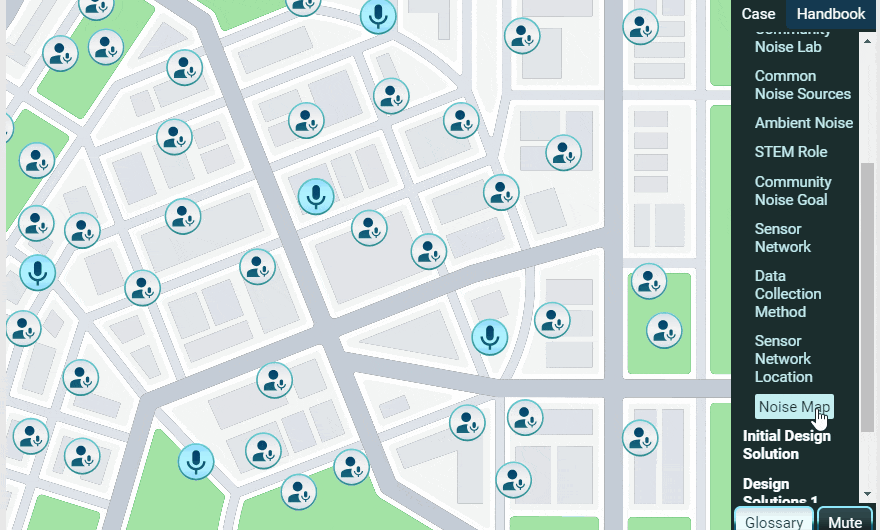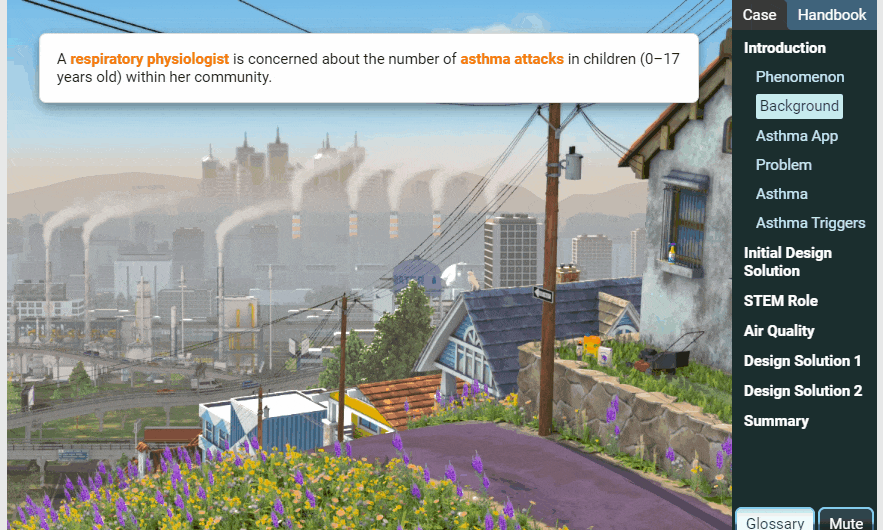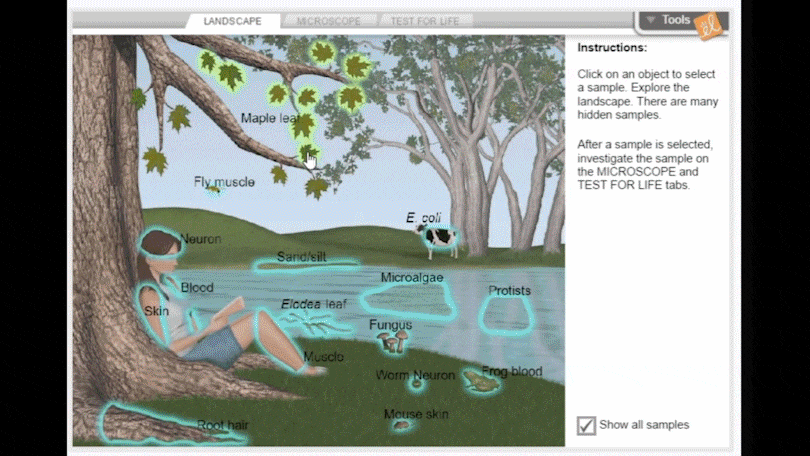- Home
- Insights
The Power of Scientific Modeling in Science Education | Gizmos

Scientific modeling plays a big part inNext Generation Science Standards (NGSS)and state-equivalent practices. What makes it so important?Scientific modelingallows students to visualize something difficult to see or understand without some kind of representation.According to NGSS, scientific models include analogies, diagrams, physical replicas, mathematical representations, and computer simulations, such asExploreLearning Gizmos.
NGSS distinguishes between scientific and engineering models.科学的一面挥动涉及模型capture or describe an unobservable mechanism. This drives scientific discovery to prove what’s in the model. If it can’t be proven, then the model needs to be changed. The model captures a theory essentially. This kind of modeling also includes representing a complex system with many interactive variables and getting a sense of how the system works, where the system-level interactions are unobservable.
Engineeringuses models and simulations to examine systems for possible flaws and propose solutions. Think about applied science when discussing the engineering side of NGSS. Engineers use models to visualize designs and come up with prototypes for testing. Models help with testing possible solutions to a problem and refining design.
Why arescientific modelsimportant in the study of science?Besides allowing students to see scientific phenomena, models also allow them to test ideas and make predictions.Students can manipulate data to build and explain theories. Developing and using models allows students to bring complicated concepts and processes to life.
What’s the big picture when it comes to distinguishing between science and engineering models? Scientific models are all about trying to understand the world: they aim to describe mechanisms we can't usually see with our naked eyes. On the other hand, engineering models help us fix the world and are used to identify problems and devise solutions.
实际应用的科学模式ling in the real world
Scientists use models to represent systems or parts of a system. Students can question, predict, and evaluate their thinking through observation and investigation with scientific models. A good scientific model must be reliable as it helps students develop understanding and even communicate ideas to others. In some cases, a good model can even correctly predict observable phenomena.
Students need opportunities to investigate and develop good scientific models.The process teaches them to use evidence as they develop a deeper understanding, come up with new questions, and revise their models. Through these processes, students can visualize and understand complex systems just like scientists do in the real world.
Ways to improve student learning of scientific concepts and models
Virtual simulations, such asGizmos, bring models to life.With the power to ask questions, see results, and draw conclusions, students learn the what of a topic and the why. Gizmos excels in offering interactive simulations that visualize complex scientific phenomena. Students see the impact of changing variables in real time. For example, a physics teacher might use Gizmos to simulate the trajectory of projectiles, allowing students to tweak speed and angle to understand the principles of motion.Learning and motivationincrease when students engage in interactive, challenging activities.
STEM Casesare interactive online case studies that let students form and test ideas to find solutions — just likereal scientists.STEM Cases present comprehensive, real-world scenarios that require solutions. Students use the Solution Modeler tool to build and test models that address specific challenges. It's all about observing phenomena and active problem-solving and decision-making based on the models.
Sound Off, Please!is a great example. In this Gizmo, students work with an urban planner to discover how noise pollution impacts a community. Students drag in potential solutions they think will work, like green roofs, and attach them to the problem, which is decibel levels. Then, they can add if they want to increase or decrease the relationship between them. This allows students to essentially test their thinking about whether or not increasing green roofs will reduce decibel levels because of reflection. Students can even tag each connection with a mechanism, like sound absorption.

Sound Off, Please! Gizmos STEM Case
Solution Modeler also offers real-time testing of solutions inSmelling in the Rain.

Smelling in the Rain Gizmos STEM Case


With a library of over 500 virtual simulations, Gizmos gives everyone something to graph, measure, and compare. Even predict and prove. Bring Gizmos to your classroom!
Take a TrialPass it on!